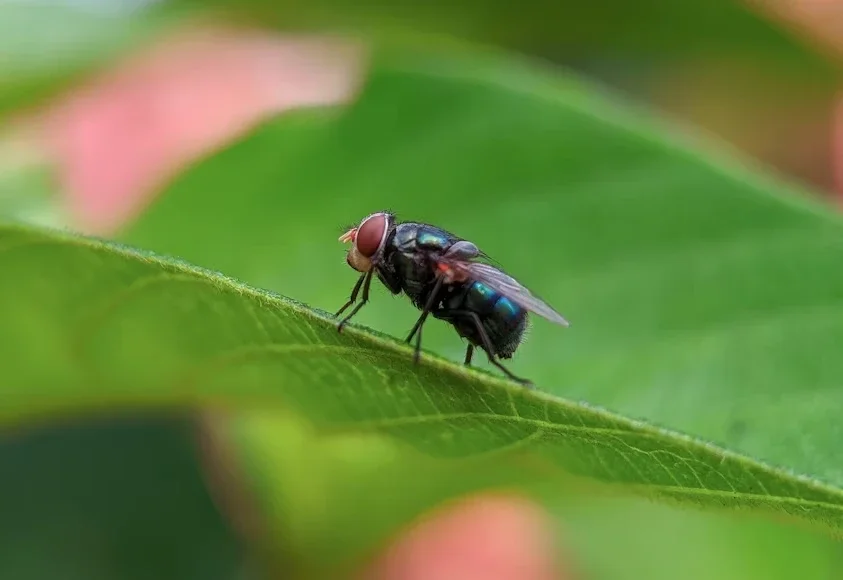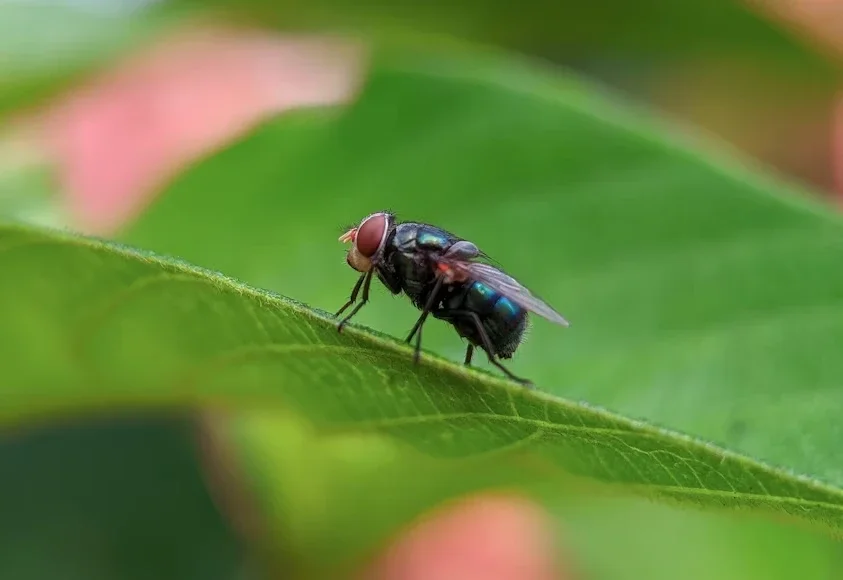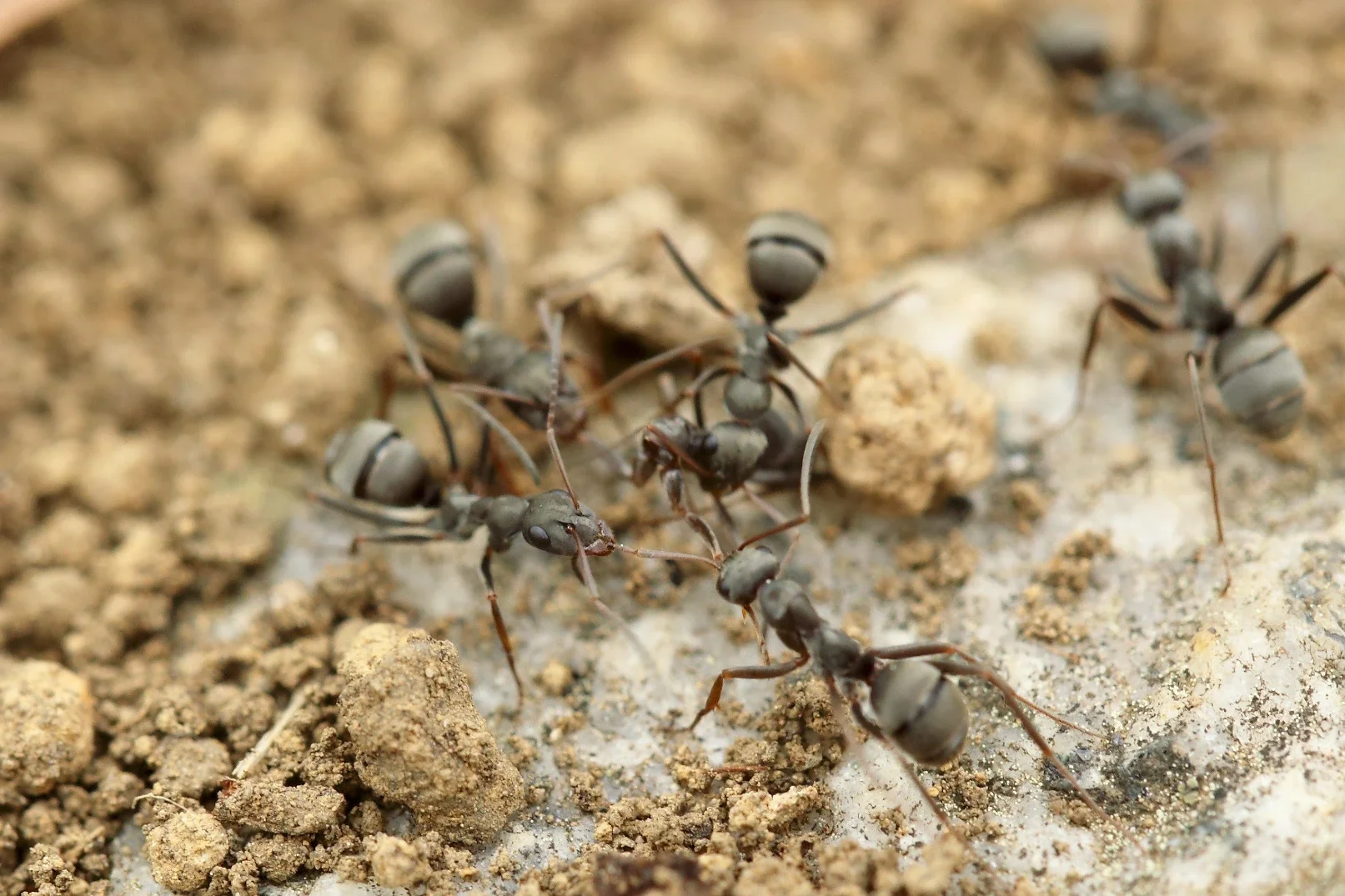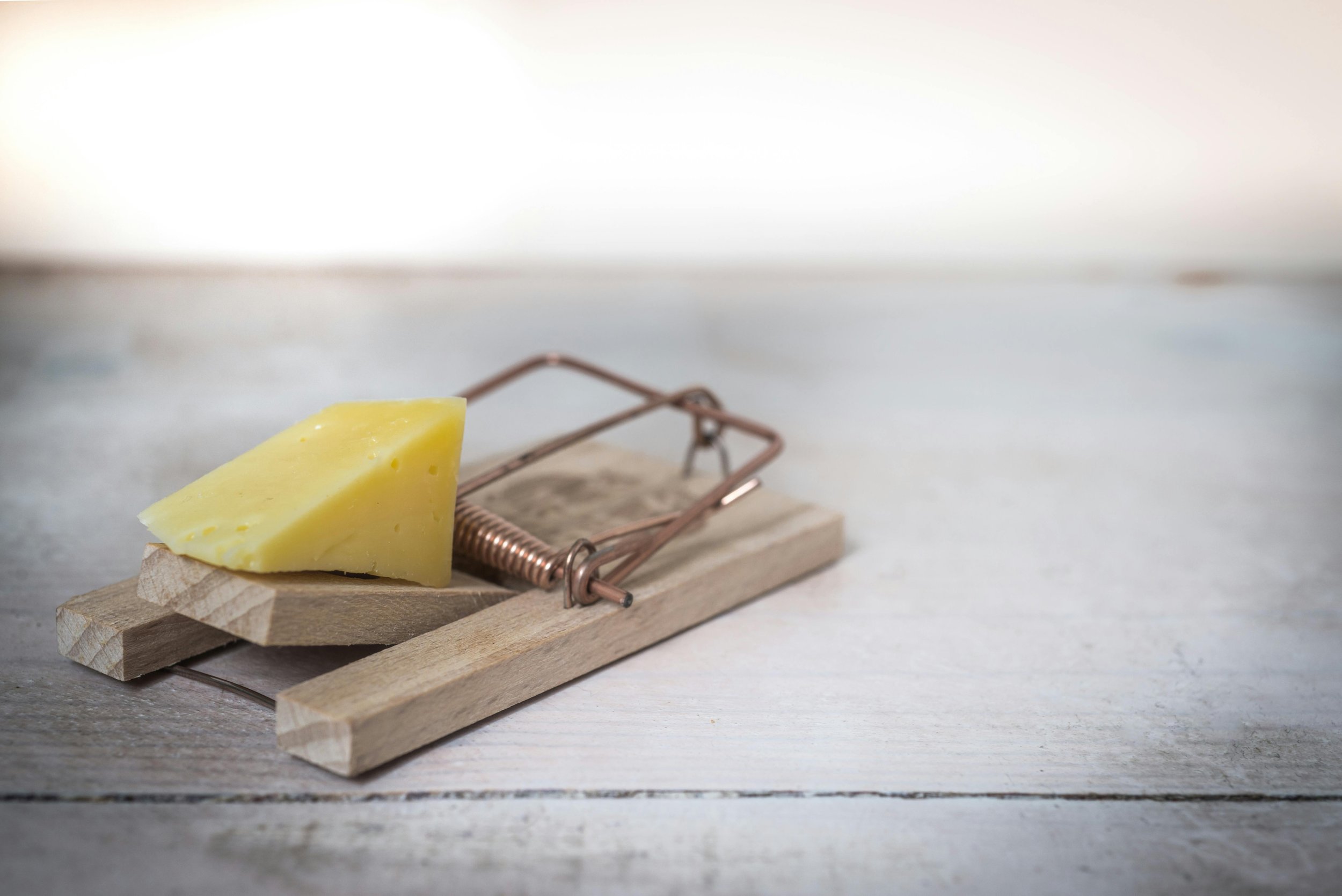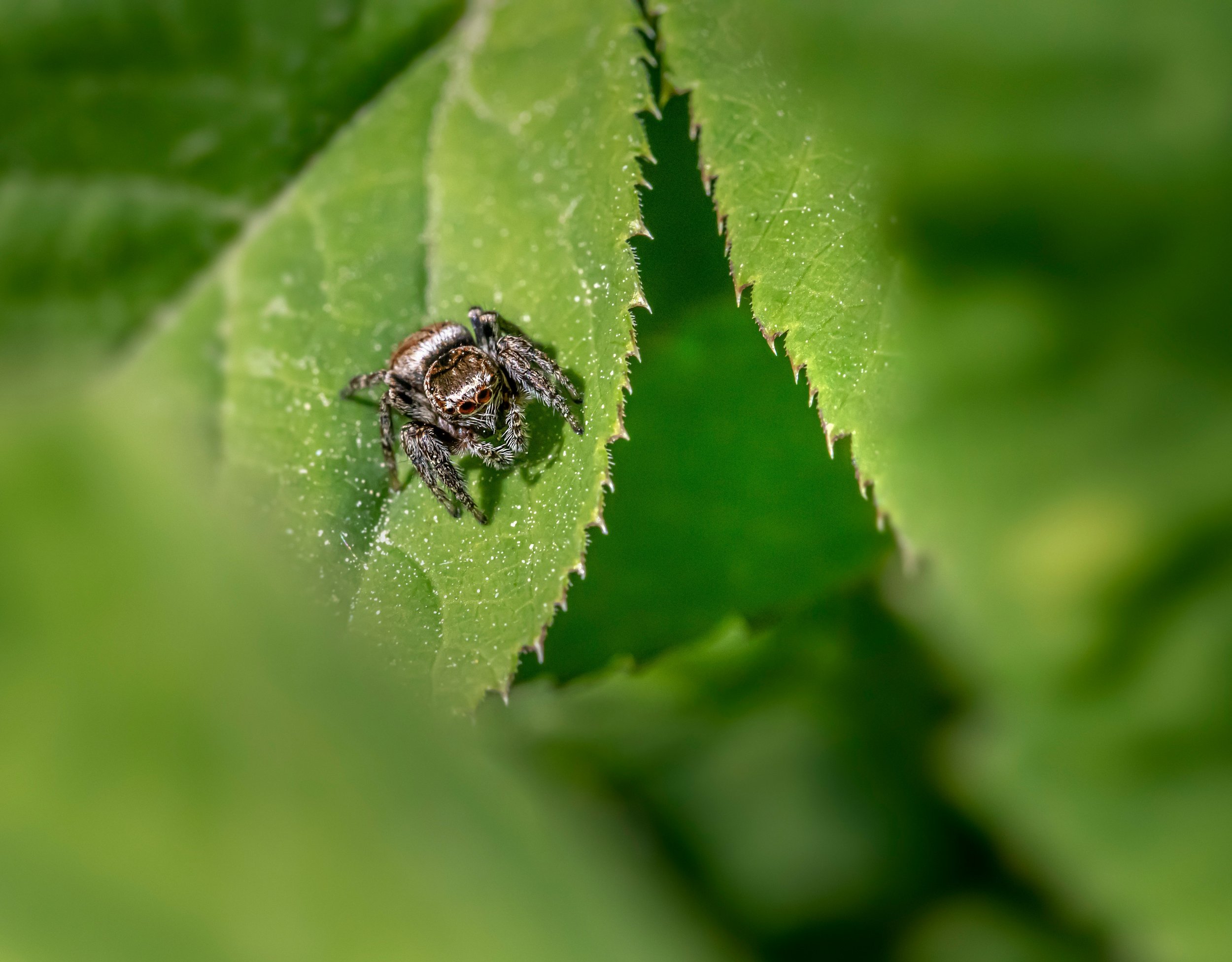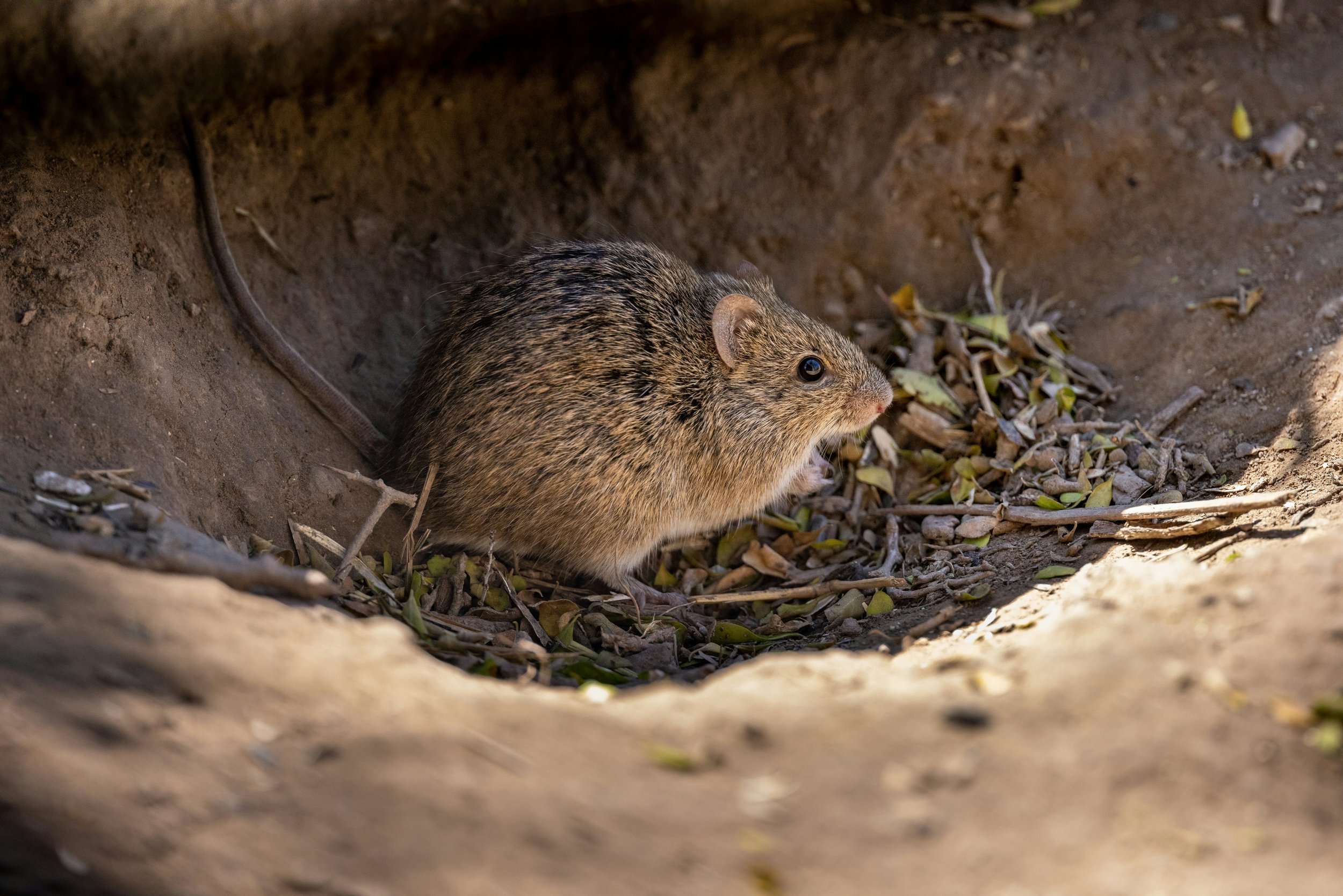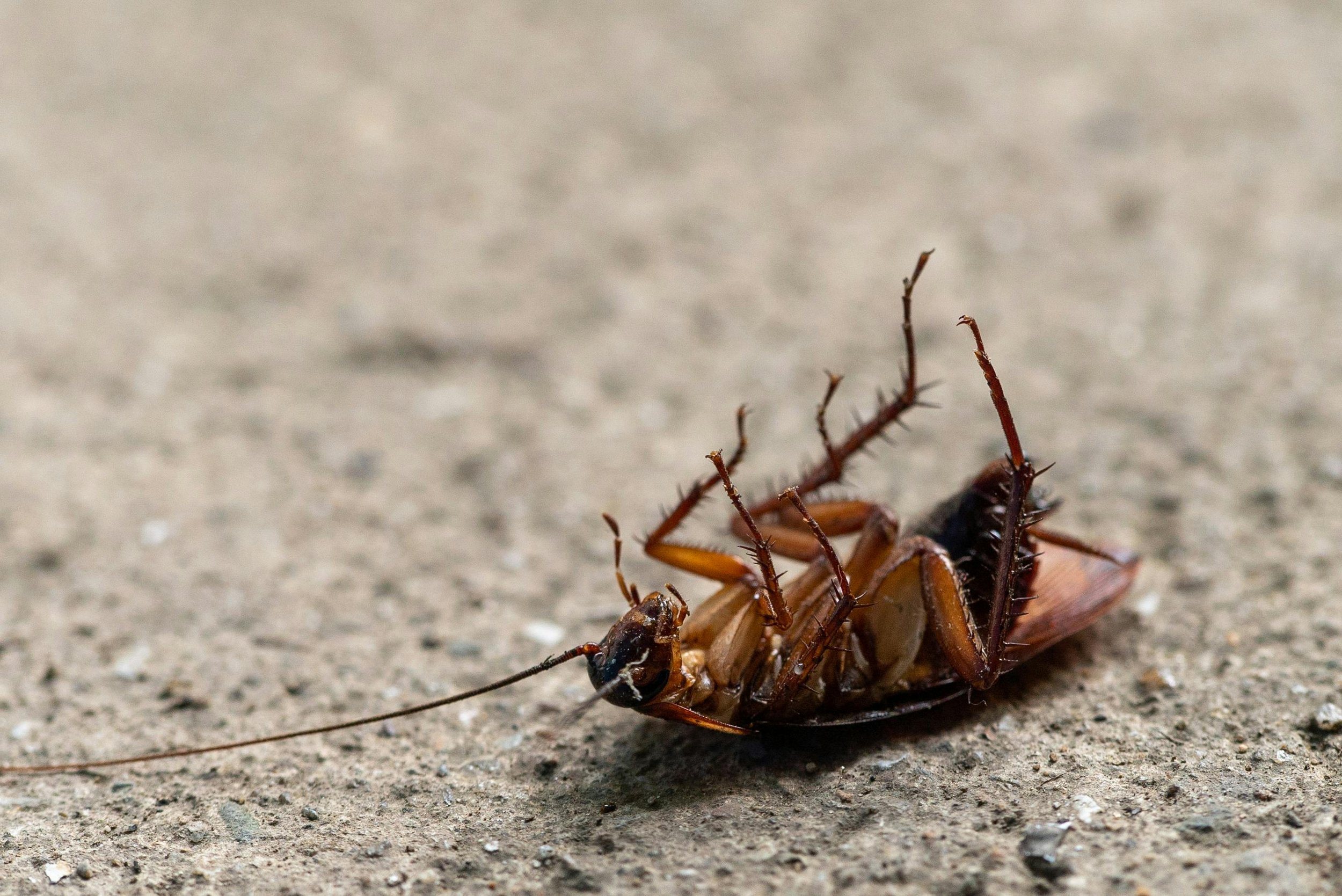How to Get Rid of Flies in Your House: 10 Best Ways to Keep Them Away
Learn the best ways to get rid of flies in your house with ten effective methods that help you prevent infestations and keep your home clean and pest-free.
Flies buzzing around your home are more than just an annoyance. They carry bacteria, contaminate food, and turn your living space into an unpleasant environment. The good news? You don’t need toxic sprays or complicated solutions to get rid of them. In this guide, you’ll discover the 10 most effective and natural ways to keep flies away from your house, simple strategies that are easy to put into practice.
What Causes House Fly Infestations?
Understanding why flies invade your home is the first step toward effective pest control. These pesky insects don't appear randomly.. Here are some common factors that make your home attractive to flies.
Food Sources That Attract Flies:
Flies are primarily attracted to easy food sources in and around the home. Garbage cans with loose lids or overflowing waste provide them with constant access to decomposing materials. They are also drawn to spilled food, crumbs, and sticky residues left on kitchen surfaces. Overripe fruit, particularly bananas or fermenting fruit juices, act like magnets for these insects. Unwashed dishes that still hold food particles quickly become another hotspot. Even pet food left out in bowls can serve as a ready meal for flies. Finally, sweet substances such as syrup or sugar water are irresistible to them, making proper cleanliness essential to keeping flies away.
Ideal Breeding Conditions
Flies thrive in environments where moisture and organic matter are present. Sink drains often collect organic buildup, creating the perfect breeding spot for drain flies to emerge. Similarly, standing water in plant saucers or clogged areas around the house provides a moist environment that attracts these pests. Outdoors, compost bins or piles of decomposing material quickly become hotspots for fly reproduction if not managed properly. Inside the home, damp areas near houseplants or leaky pipes offer the same type of habitat. Finally, any rotting organic matter hidden in hard-to-reach spaces can sustain a fly population without you even noticing.
Poor Sanitation Practices
Flies are quick to take advantage of poor hygiene inside the home. Infrequent garbage disposal or neglected recycling bins create a constant food supply that draws them in. Likewise, unwashed containers with food residue give off strong odors that flies find irresistible. Even small food scraps stuck in kitchen crevices can become a hidden buffet for these insects. On top of that, dirty surfaces that haven’t been properly wiped down continue to attract flies long after a meal is finished. Finally, any neglected area where organic material is left to decay turns into an ideal breeding ground, making regular cleaning essential.
External Entry Points
Flies often enter your home through open doors and windows that lack proper screens, giving them easy access to your living space. Even small gaps around windows and doors can serve as entry points for tiny flies. Outdoor conditions also play a role: manure, rotting fruit, or sanitation issues in neighboring areas can attract flies close to your home, increasing the chances they’ll come inside. Additionally, seasonal changes, like cooler temperatures or rain, can drive flies indoors as they seek warmth and shelter, turning a minor nuisance into a full-blown infestation.
Natural Eemedies to Get Rid of Glies
Natural solutions offer safe and effective ways to eliminate flies without exposing your household to harsh chemicals. These proven methods use common household items and natural ingredients to create powerful deterrents that keep flying insects away.
Apple Cider Vinegar Traps
One of the simplest and most effective natural ways to catch flies is using an apple cider vinegar trap. It’s inexpensive, easy to set up, and works well for fruit flies. Here’s how to do it:
Fill a mason jar or bowl with apple cider vinegar and add a few drops of dish soap to break surface tension
Cover tightly with plastic wrap and poke small holes with a toothpick to create entry points
The sweet scent attracts fruit flies, while the soap causes them to drown when they attempt to land
Replace the mixture every few days for maximum effectiveness
Position multiple traps near fruit bowls, garbage cans, and other problem areas
Essential Oil Repellents
Using essential oils is a safe and pleasant way to keep flies away from your home. These natural scents smell great for humans and are highly repellent to flying insects. Here’s how to use them properly:
Create a natural spray bottle solution using eucalyptus, lavender, or lemongrass oils mixed with water
Spray around windows and doors, kitchen surfaces, and areas where flies congregate
Citronella oil works particularly well for deterring various flying insects
Refresh the scent every few days as essential oils lose potency over time
Plant herbs like basil near windows to provide ongoing natural deterrence
Wine and Fruit Trap Methods
Another effective way to catch fruit flies is using a wine and fruit trap. This method takes advantage of flies’ love for sweet, fermenting scents and makes it difficult for them to escape once inside. Here’s how to set it up:
Use red wine vinegar or leftover wine in glass jars with paper cone funnels
Add pieces of overripe fruit as additional bait to increase attractiveness
The narrow opening allows flies to enter but makes escape difficult
Dispose of trapped insects and refresh bait regularly
This method works exceptionally well for fruit fly infestations
Dish Soap Solutions
For a quick and direct way to eliminate flies, a simple dish soap spray can be effective. It works by disrupting their ability to fly, making them easy to catch or remove. Here’s how to use it:
Mix liquid dish soap with water in a spray bottle for immediate fly elimination
The soap disrupts flies' ability to fly and causes them to fall
Target flying insects directly or spray areas where they frequently land
This method provides quick results but requires direct application
Combine with other deterrent methods for comprehensive fly control
Natural Cleaning Practices
Maintaining clean and odor-free surfaces is key to preventing fly infestations. Simple daily habits can make a big difference:
Rinse all fruits and vegetables immediately after bringing them home
Wipe down surfaces with vinegar solutions to eliminate attracting odors
Pour boiling water down drains weekly to eliminate organic buildup where drain flies breed
Keep compost bins tightly sealed and turn contents regularly
Remove standing water from plant saucers and fix any leaky pipes promptly
Another Repellent to Get Rid of Flies
Beyond natural remedies, several additional methods can enhance your fly control strategy. These approaches combine traditional techniques with modern solutions to create a comprehensive defense against various types of flying pests.
Physical Barriers and Exclusion
One of the most effective ways to keep flies out of your home is by using physical barriers and exclusion techniques. Installing window screens on all openings prevents flies from entering, while door sweeps and weather stripping help seal gaps around doors and windows. It’s also important to keep doors and windows closed during peak fly activity periods. Regularly check and repair any torn screens, as even small holes can allow flies to squeeze through. For frequently used entrances, magnetic screen doors provide a convenient solution that keeps flying insects out while allowing easy access.
Commercial Fly Traps and Tools
Commercial fly traps and tools offer practical solutions to reduce flies indoors. Sticky traps work effectively for catching adult flies in high-traffic areas, while fly paper provides an inexpensive option for trapping various flying insects. In addition to natural methods, a rotating fly trap can help reduce the number of flies without relying on chemicals, making it a convenient tool for indoor use. UV light traps attract and eliminate flies by exploiting their natural phototactic behavior, and of course, fly swatters remain useful for the immediate elimination of individual pests.
Sanitation and Prevention Strategies
To keep flies from returning, it’s essential to maintain consistent sanitation habits and take proactive steps to prevent infestations. Empty garbage cans frequently and make sure they have tight-fitting lids to block access. Clean recycling bins thoroughly to remove any sugary residue that attracts insects, and store fruits and vegetables in the refrigerator rather than leaving them exposed. Always seal food containers tightly and avoid leaving pet food bowls out overnight. Finally, keep sink drains clean by regularly flushing them with hot water and appropriate cleaning solutions to eliminate potential breeding sites.
Environmental Modifications
Creating an environment that is unfriendly to flies is an important part of long-term prevention. Reducing humidity in damp areas where flies tend to breed can make a big difference, as can removing standing water both indoors and around your property. Keeping outdoor garbage bins away from windows and entry points helps prevent flies from finding easy access to your home. Additionally, trimming vegetation near the house removes potential hiding spots, and addressing any plumbing leaks eliminates moist environments that attract pests. By making these simple adjustments, you can significantly reduce the likelihood of future infestations.
Integrated Pest Management Approach
An integrated pest management approach focuses on using a combination of methods instead of relying on a single solution. Regularly monitor problem areas to catch infestations early, and rotate different deterrent techniques so flies don’t adapt. Prioritize eliminating breeding sites rather than just killing adult flies, and stay consistent with your prevention efforts throughout the year. This strategic approach ensures that all aspects of fly control work together effectively.
How to Prevent Flies Infestations ?
Stopping flies before they become a problem is always easier than dealing with a full-blown infestation. Simple, consistent habits can make your home less attractive to these pests and keep them away for good.
Maintain a Clean and Organized Home
Focus on daily routines that remove food sources and limit opportunities for flies:
Store food in sealed containers and refrigerate perishable items.
Empty trash bins regularly and use lids to keep odors contained.
Wipe kitchen counters, dining areas, and floors to remove crumbs and spills.
Avoid leaving pet food out overnight to prevent attracting flies.
Reduce Breeding Opportunities
Flies need moist, organic environments to breed. Minimizing these conditions helps prevent infestations before they start:
Remove standing water from plant saucers, sinks, and outdoor areas.
Keep compost bins and organic waste tightly sealed and turn contents regularly.
Fix leaks promptly and address damp areas around the house, including under sinks and near pipes.
Monitor and act early
Keeping an eye on potential trouble spots allows you to stop infestations before they grow:
Regularly inspect kitchens, trash areas, drains, and spots where flies tend to gather.
Place preventive traps or natural deterrents in key locations to catch flies early.
Rotate different prevention methods to prevent flies from adapting and ensure long-term effectiveness.
FAQ
How can I get rid of flies quickly in my house?
For immediate results, create an apple cider vinegar trap with dish soap, this deadly combination attracts and drowns flies within hours, often catching dozens overnight. Simultaneously, spray a mixture of liquid dish soap and water directly on flying insects, which instantly disrupts their ability to stay airborne and provides quick satisfaction as you watch the nuisance disappear.
Why are there so many flies in my house suddenly?
Sudden fly swarms typically indicate you've unknowingly created perfect breeding conditions, often from overripe fruit left on counters, a full garbage can, or organic matter stuck in sink drains. Weather changes, particularly warm, humid conditions or recent rain, can also trigger mass emergence of adult flies from hidden breeding sites, turning a minor issue into a full-scale buzzing invasion practically overnight.
What smell do flies hate?
Flies absolutely despise the scent of eucalyptus, lavender, and citronella oils – these natural deterrents overwhelm their sensitive olfactory systems and send them flying in the opposite direction. Surprisingly, the smell of cloves and lemongrass also acts as a powerful repellent, making these aromatic solutions both pleasant for humans and utterly repulsive to unwanted flying pests.
How long will a fly infestation last?
Without intervention, a fly infestation can persist for weeks or even months since adult flies reproduce rapidly and their larvae can pupate in hidden locations throughout your home. However, with proper sanitation and targeted trapping methods, most infestations resolve within 7-14 days as you eliminate both existing flies and disrupt their breeding cycle at the source.
